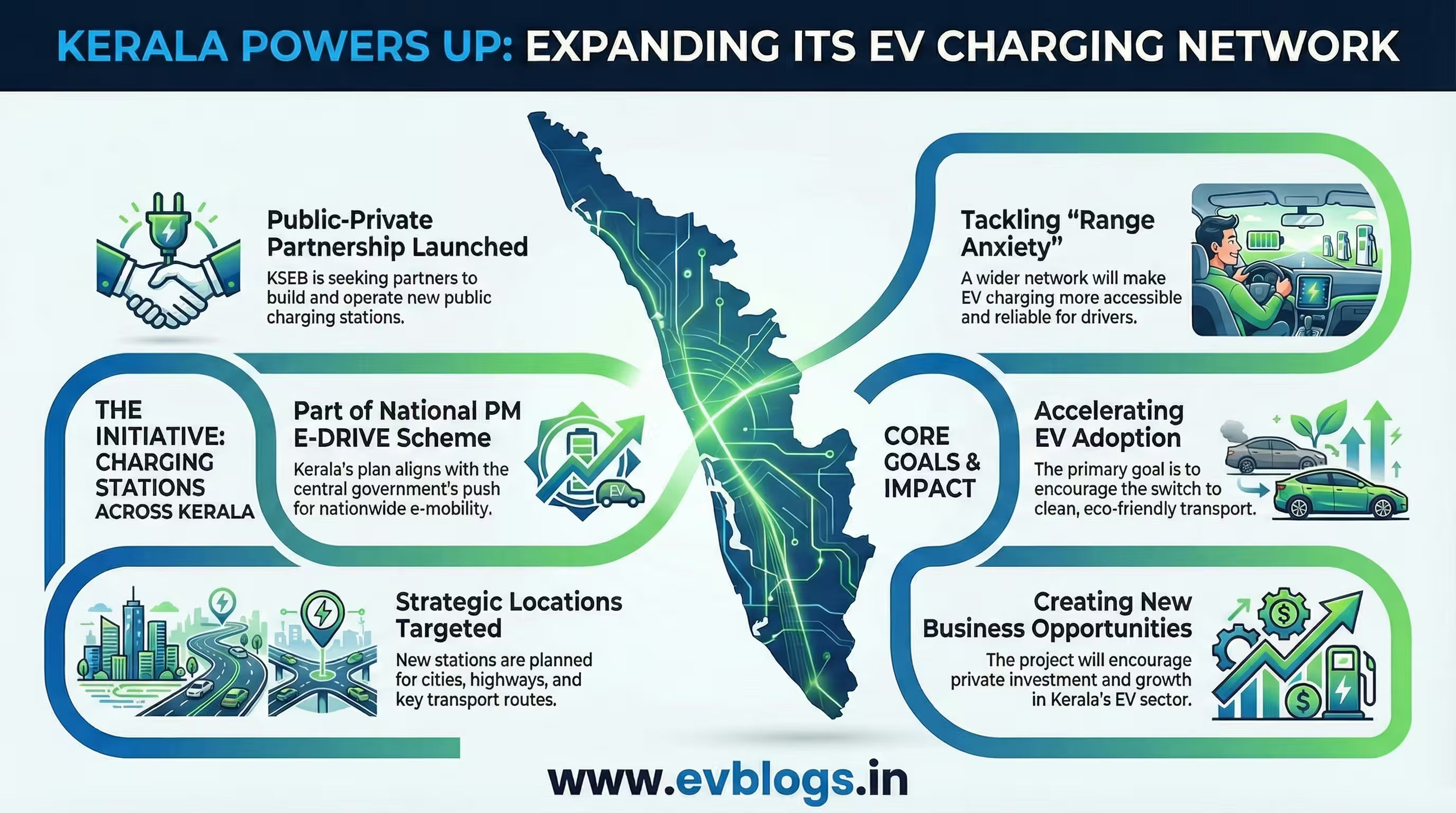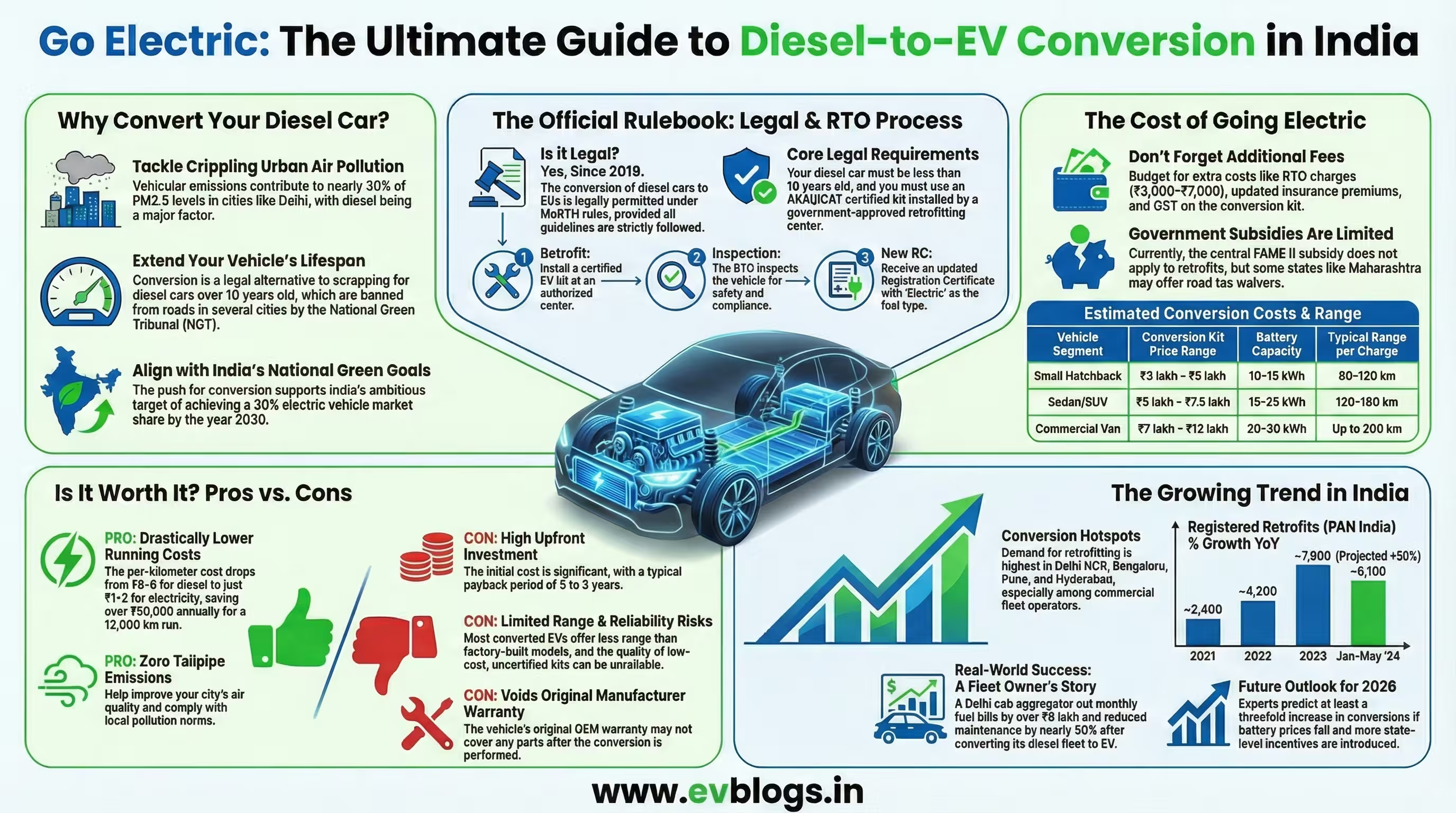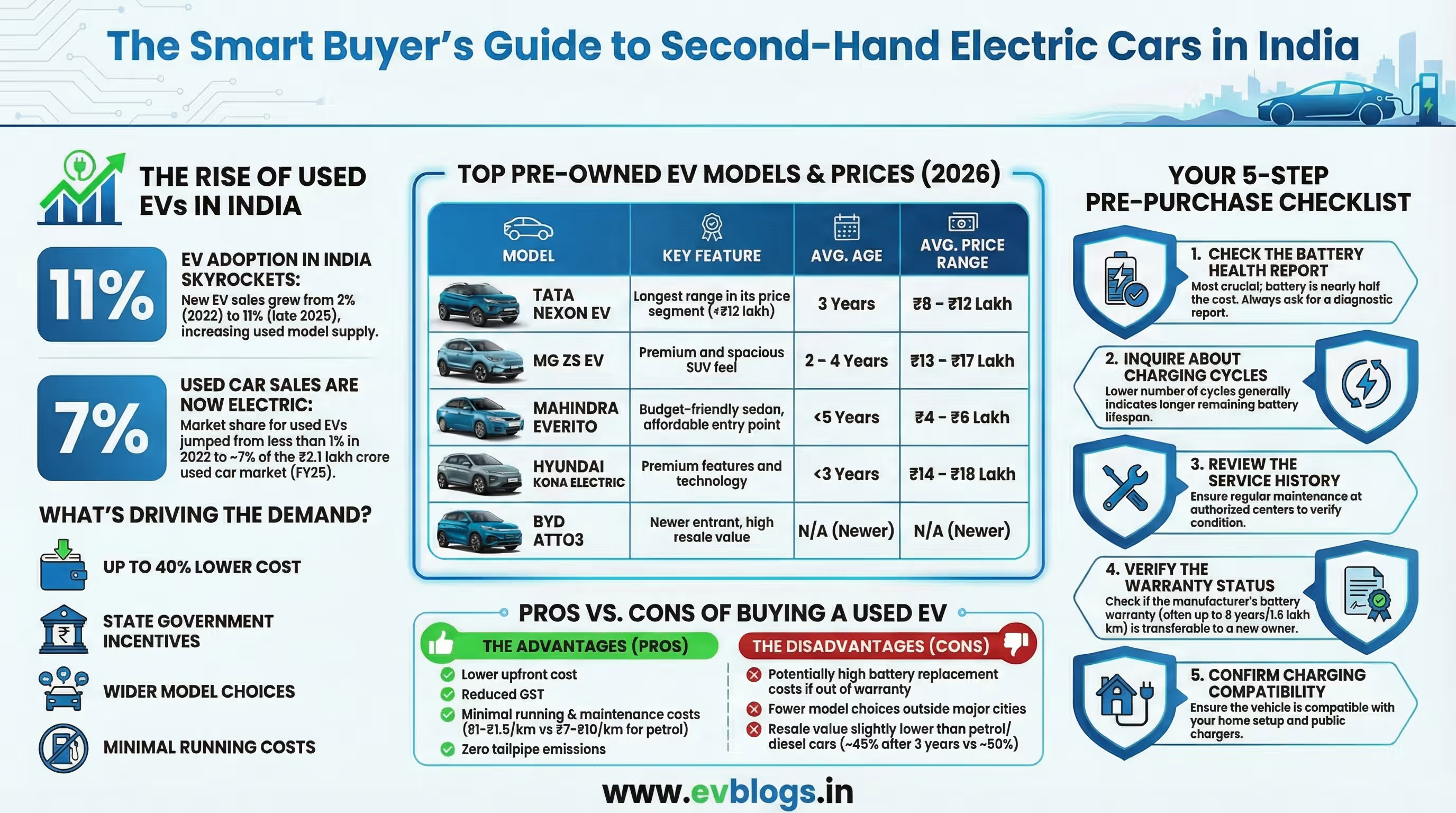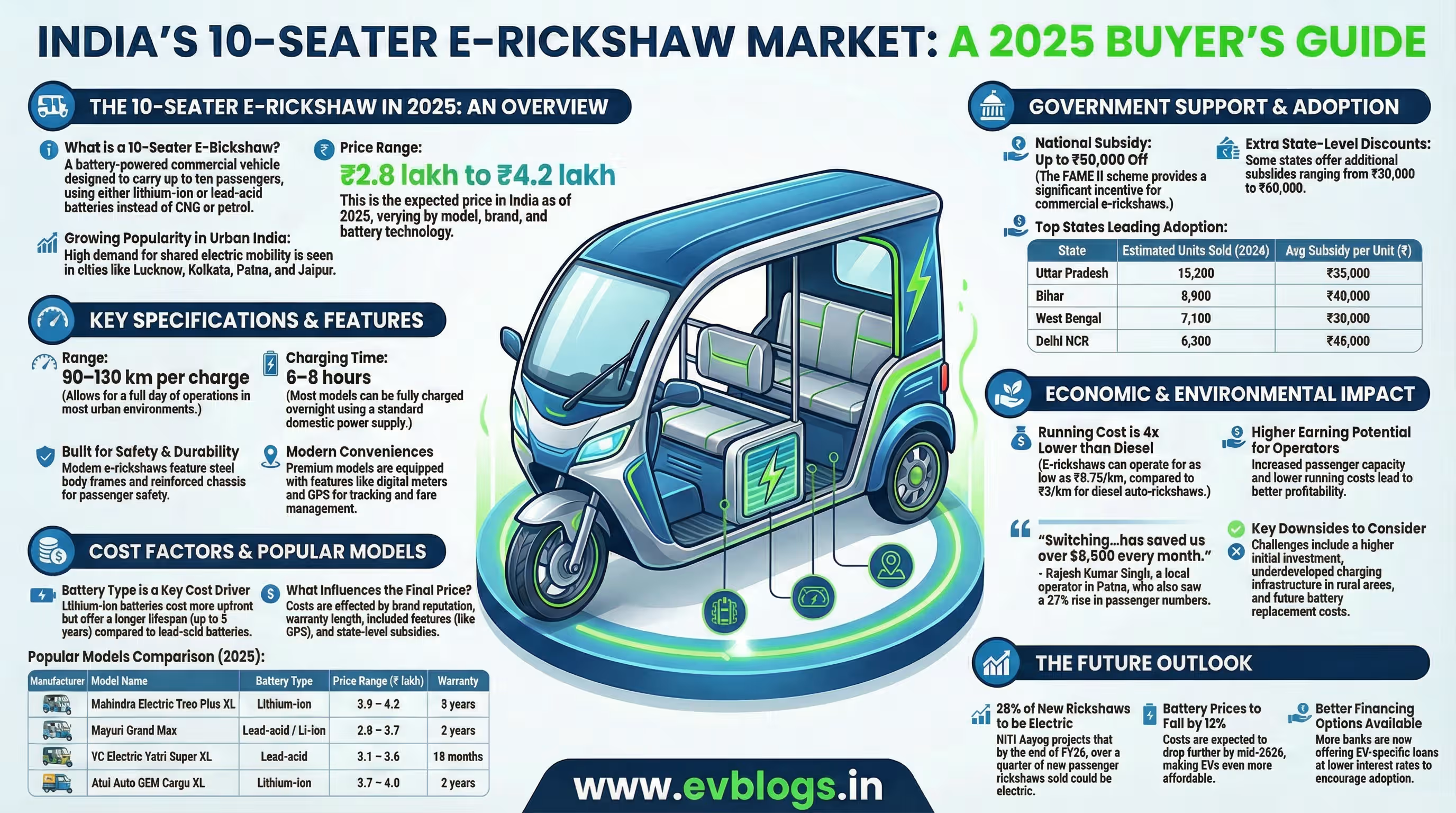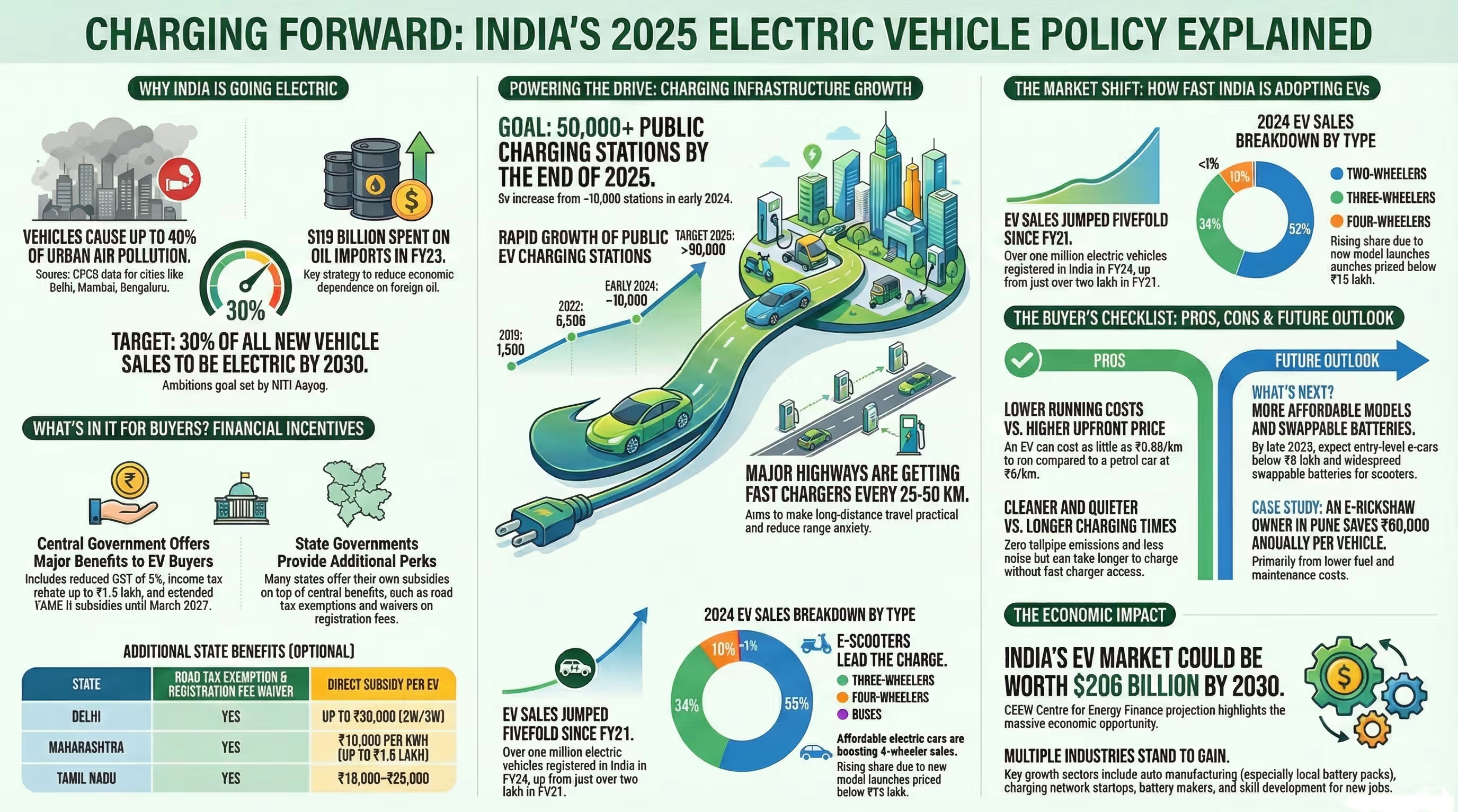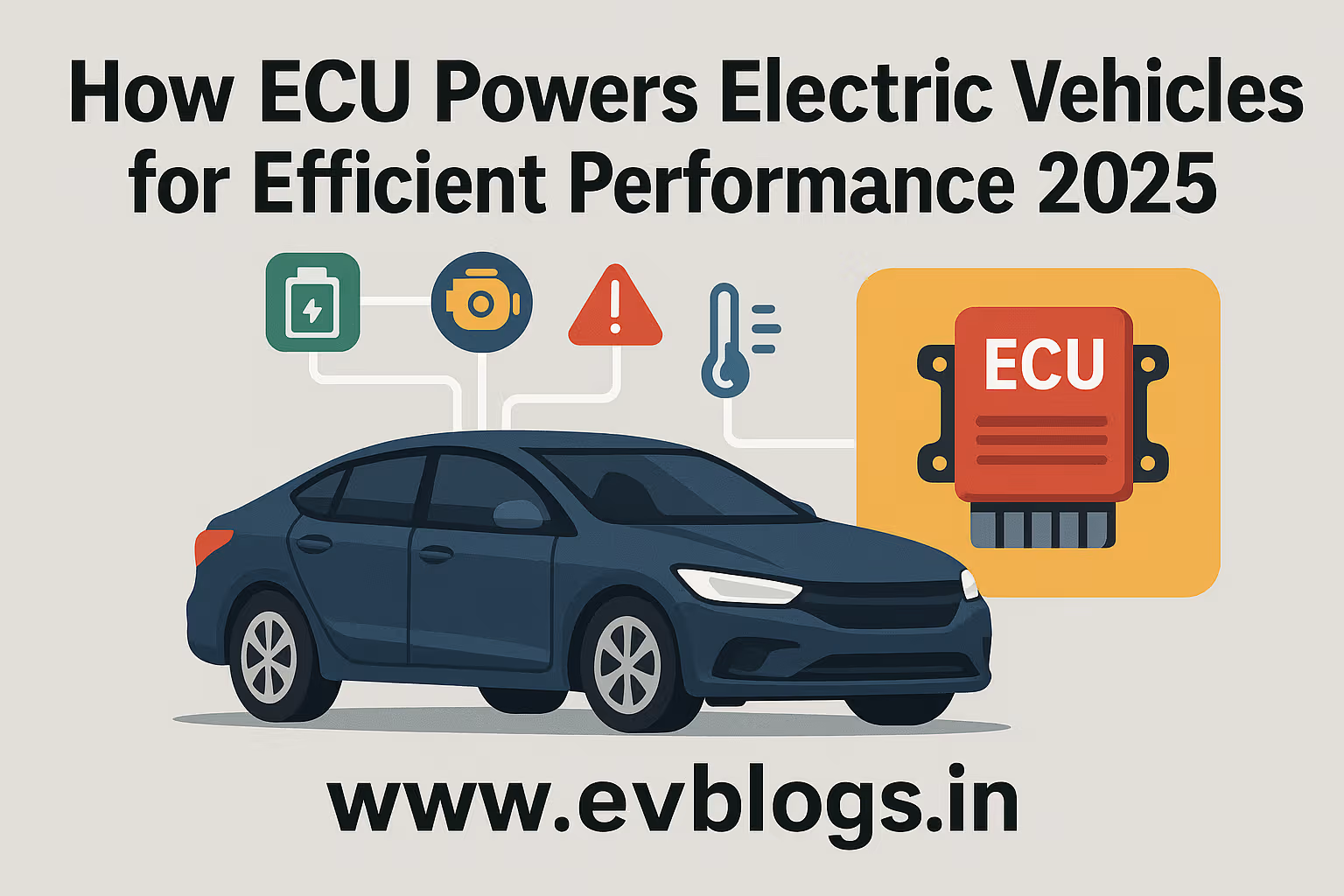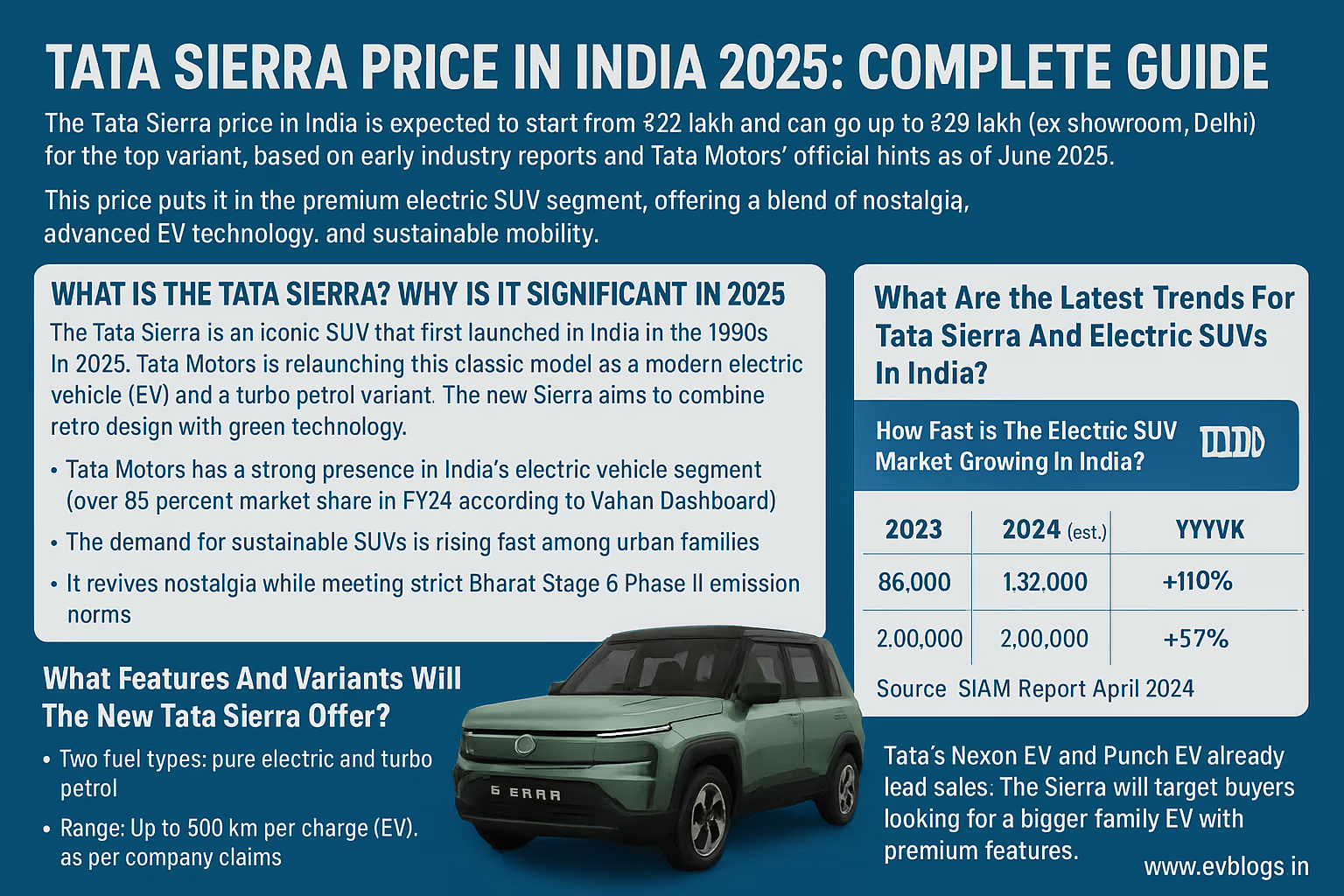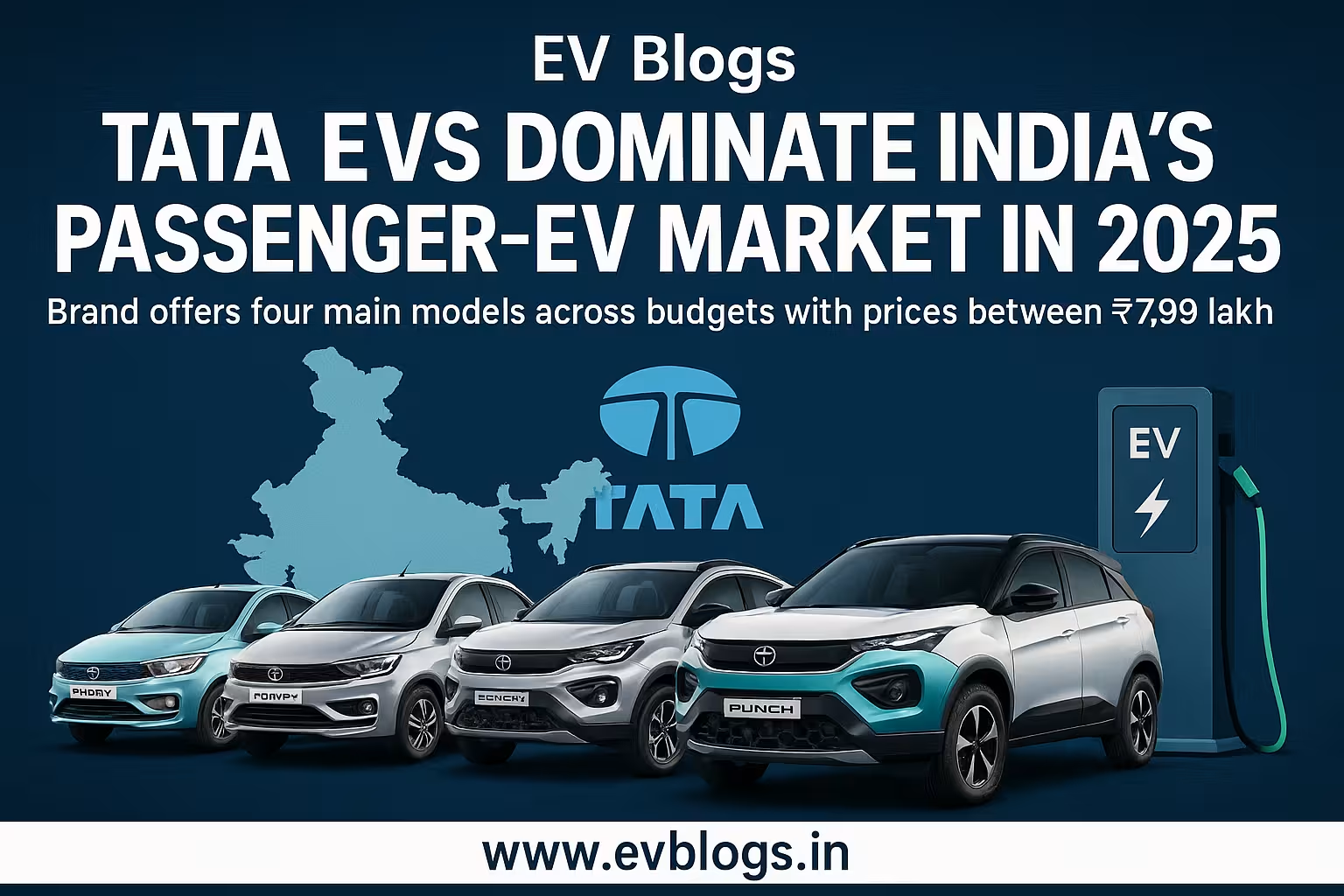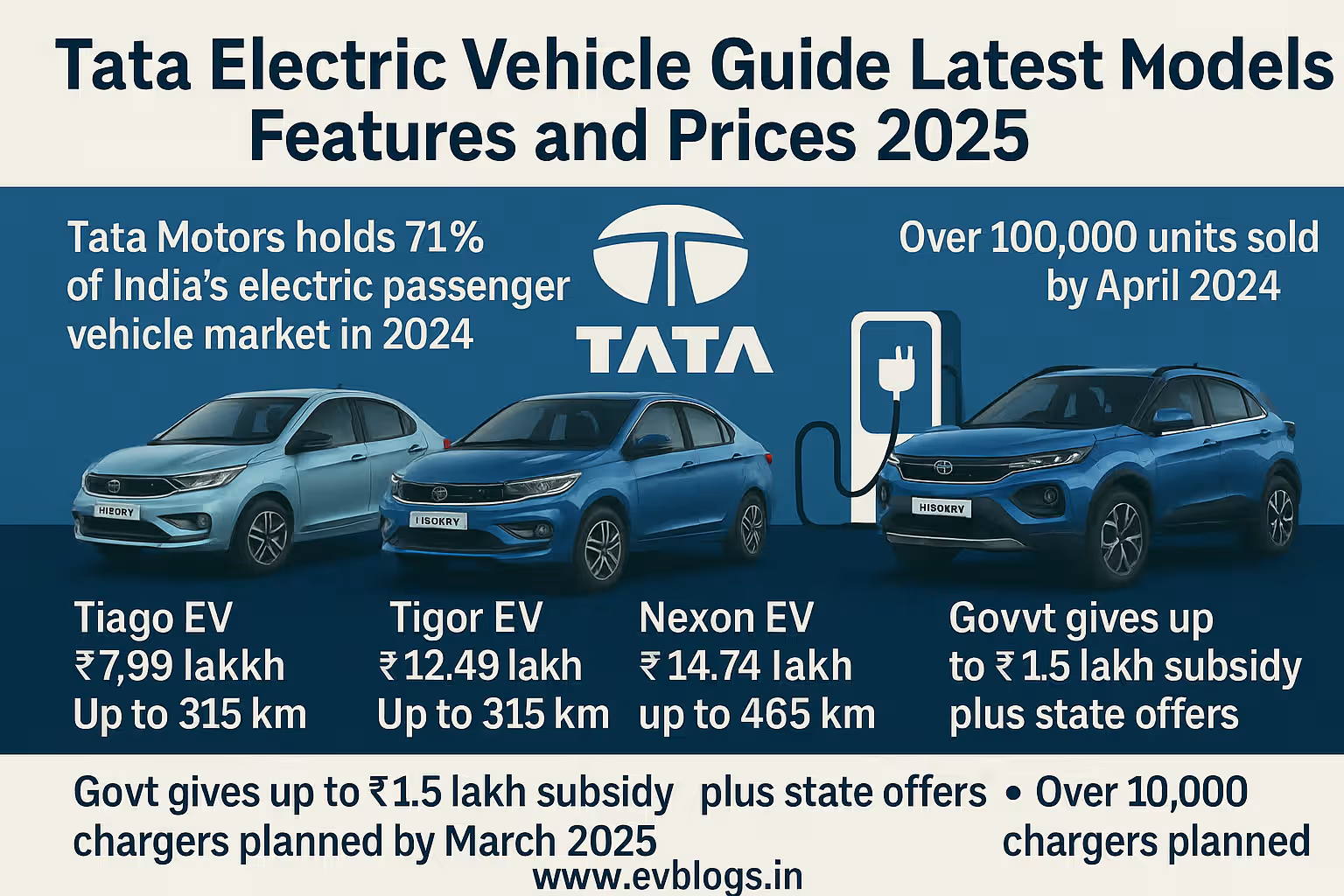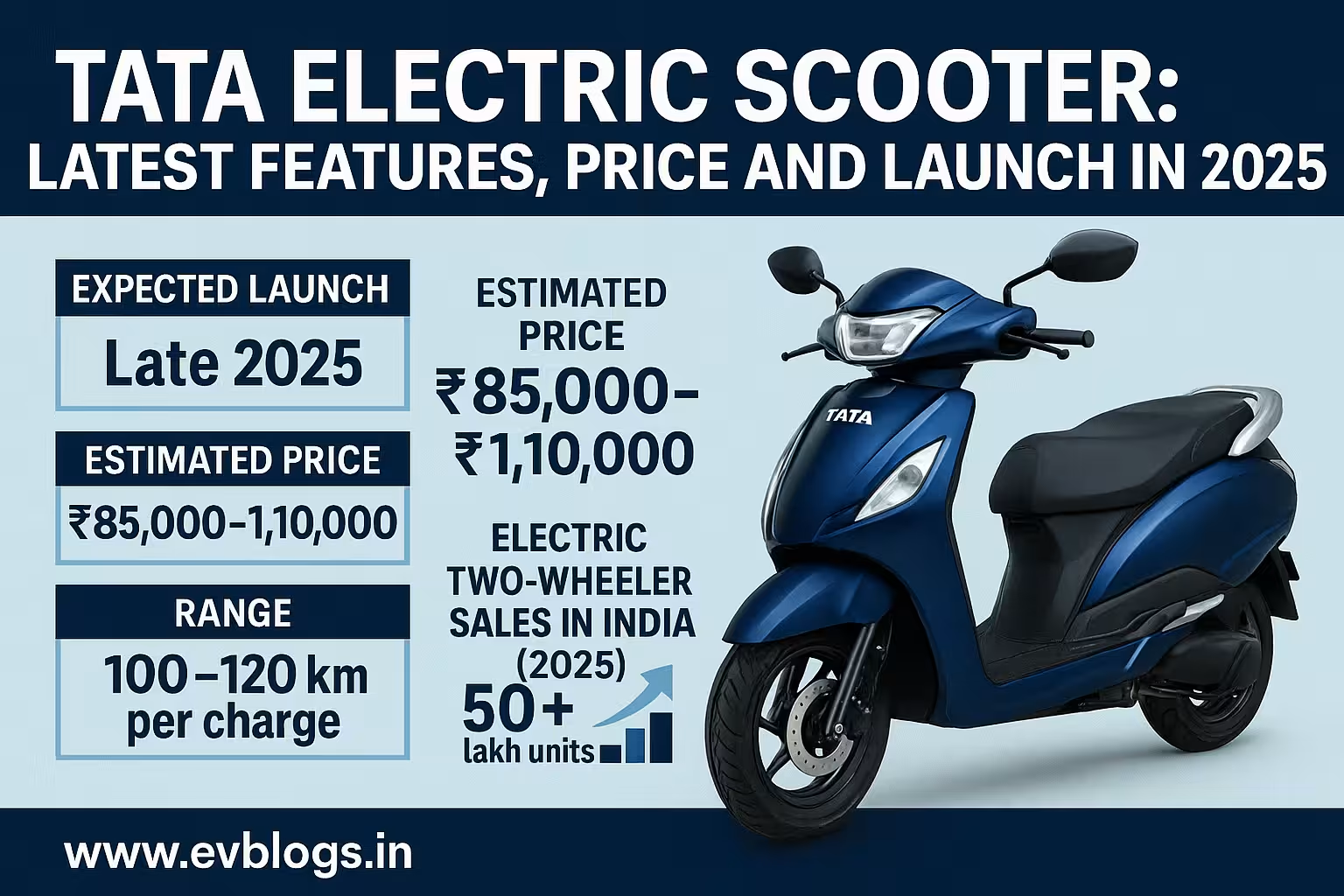Hedhvick Hirav
Hedhvick Hirav is a dedicated EV researcher and editor with over 4 years of experience in India’s growing electric vehicle ecosystem. Their contributions have been recognized in leading sustainability publications and automotive journals.
Summarize & analyze this article with
Choose an AI assistant and open this article directly:
Tip: if the AI doesn’t fetch the page automatically, paste the article URL manually.

Electric Vehicle Subsidy in Rajasthan: A Comprehensive 2025 Guide
Introduction: Accelerating Green Mobility in Rajasthan
India is racing toward a cleaner, greener future, and Rajasthan stands at the forefront of this transformation. As the nation’s largest state by area, Rajasthan grapples with air pollution, rising fuel costs, and the challenge of sustainable development. In response, the government has rolled out an ambitious electric vehicle (EV) subsidy program to encourage residents to shift from internal combustion engines to environmentally friendly alternatives.
Whether you are a daily commuter in Jaipur, a small business owner in Udaipur, or an eco-conscious resident of Jodhpur, understanding Rajasthan’s electric vehicle subsidies can help you make informed mobility choices for 2025 and beyond. This guide breaks down the latest policies, eligibility criteria, benefits, application processes, expert opinions, and practical tips—empowering you to make the switch to electric with confidence.
Understanding Electric Vehicle Subsidies: Why They Matter
What is an EV Subsidy?
An electric vehicle subsidy is a financial incentive provided by governments to reduce the upfront cost of purchasing EVs. By lowering barriers to adoption, subsidies make EVs more accessible and attractive compared to traditional petrol or diesel vehicles.
Rajasthan’s Policy Context
Rajasthan launched its dedicated EV subsidy scheme in 2021 under the Rajasthan Electric Vehicle Policy (REVP). The policy aligns with national goals under FAME-II (Faster Adoption and Manufacturing of Hybrid & Electric Vehicles) while tailoring benefits for state residents.
Real-World Impact
Since the scheme’s inception:
- Thousands of e-scooters, e-rickshaws, and e-cars have hit Rajasthan roads.
- EV dealerships have expanded across major cities.
- Charging infrastructure has grown steadily.
- Local air quality has shown early signs of improvement in urban pockets.
Key Features of Rajasthan’s Electric Vehicle Subsidy Scheme
What Types of Vehicles Are Covered?
Rajasthan’s subsidy covers a broad range of electric vehicles:
| Vehicle Type | Examples | Subsidy Offered |
|---|---|---|
| E-Two Wheelers | Scooters, motorcycles | Up to Rs. 10,000 per vehicle* |
| E-Three Wheelers | Rickshaws, autos | Up to Rs. 20,000 per vehicle* |
| E-Four Wheelers | Cars | Varies; up to Rs. 75,000* |
| E-Buses | Public transport buses | Based on procurement project |
*Exact amounts may vary based on battery capacity and other criteria.
Duration and Budget Allocations
- Policy Period: Initially announced for five years (2021–2026).
- Total Outlay: Over Rs. 40 crore earmarked for direct subsidies as per latest government notifications.
- Disbursement: First-come-first-served basis until budget exhaustion or policy revision.
Eligibility Criteria: Who Can Apply?
Understanding eligibility is crucial before planning your EV purchase.
General Eligibility
- Applicant: Resident individuals of Rajasthan or registered institutions/businesses within the state.
- Vehicle Registration: Must be registered in Rajasthan only.
- Model Approval: Only vehicles approved by relevant authorities (such as ARAI/BIS) are eligible.
- Purchase Date: The vehicle must be purchased after policy notification (generally post September 2021).
- One Subsidy per Vehicle: Each eligible buyer can avail subsidy for one EV per category (two-wheeler/three-wheeler/four-wheeler).
Special Provisions
Certain groups may receive priority or additional benefits:
- Women buyers
- Persons with disabilities
- Public transport operators
- Rural applicants in select schemes
Check with your local Regional Transport Office (RTO) for specific details on priority allocation if you fall into these categories.
Benefits of the Rajasthan EV Subsidy Scheme
Switching to an electric vehicle under the state scheme offers multiple advantages:
Direct Financial Savings
- Upfront Price Reduction: Significant decrease in purchase price at point-of-sale or via post-purchase reimbursement.
- GST Benefits: Reduced GST rates (5% for most EVs vs. 28%+ for ICE vehicles).
- Registration Fee Waiver: Exemption from road tax and registration fees for eligible vehicles during policy period.
Long-Term Cost Savings
- Lower Running Costs: Electricity is significantly cheaper than petrol/diesel per kilometer.
- Reduced Maintenance Costs: Fewer moving parts mean lower servicing expenses over time.
- Resale Value Protection: Growing demand may help retain future resale value as ICE vehicles face stricter emission norms.
Environmental & Societal Benefits
- Reduced Emissions: Each new EV helps cut local air pollution and carbon footprint.
- Noise Reduction: Quieter streets improve urban living quality.
- Energy Independence: Reduces reliance on imported fossil fuels.
Step-by-Step Process: How to Avail the Subsidy in Rajasthan
The actual process may evolve as digital platforms improve; as of early 2025, here’s how you typically claim your subsidy:
Step 1: Choose an Eligible Model & Dealer
Select an ARAI-approved electric vehicle model from authorized dealers participating in the scheme.
Step 2: Purchase & Registration
Complete purchase formalities with all required documents:
- Proof of residence
- Aadhaar card/PAN card
- Invoice/bill from dealer
- Vehicle insurance Register your EV at your local RTO; ensure it reflects as “electric” on registration papers.
Step 3: Submit Subsidy Application
Depending on mode:
A) Dealer-Assisted Application
Most large dealerships handle subsidy paperwork on your behalf at purchase time.
B) Self-Service Online Application
Alternatively:
- Visit Rajasthan Transport Department’s official portal.
- Fill out the online application form with necessary details.
- Upload required documents (scanned copies).
- Submit bank account details for subsidy transfer.
Step 4: Verification & Disbursement
Your application will undergo verification by transport authorities:
- If approved: Subsidy amount credited directly to your bank account within stipulated period (usually within 60 days).
- If rejected/incomplete: You will be notified for rectification or additional documentation.
Tips for Hassle-Free Processing:
- Ensure all documents are clear and legible.
- Keep all original bills/invoices safely until disbursement is complete.
- Track your application status online or via dealer support.
Expert Insights: What Do Industry Leaders Say?
According to Dr. Pankaj Sharma (Professor of Renewable Energy at MNIT Jaipur):
“The Rajasthan government’s subsidy is among India’s most accessible for two-wheelers and three-wheelers—key segments for mass adoption in both cities and rural areas.”
Industry data shows that about 60% of new two-wheeler registrations in Jaipur during late 2024 were electric—a direct reflection of effective incentives coupled with growing awareness.
Dealership owners highlight that consumers now increasingly inquire about total cost-of-ownership rather than just sticker price—indicating a mature market mindset spurred by government policy clarity.
Practical Advice & Use-Cases: Making the Most of Your EV Purchase
Choosing Between Two-Wheelers vs Four-Wheelers vs Three-Wheelers
Two-Wheelers Ideal for city commuters and students; lowest upfront cost after subsidy; easy parking; wide brand choice.
Three-Wheelers Best suited for last-mile connectivity operators; high daily usage; significant impact on air quality due to volume replaced; strong resale market emerging under new policy support.
Four-Wheelers Suitable for families or businesses needing intercity travel; higher upfront investment but best long-term savings if used regularly; more charging infrastructure coming up along highways by late 2025.
Comparison Table: Example Cost Savings After Subsidy (Indicative)
| Petrol Scooter | Electric Scooter* | |
|---|---|---|
| Ex-showroom Price | Rs. 90,000 | Rs. 1,15,000 |
| State Subsidy | Nil | –Rs. 10,000 |
| Central FAME-II | Nil | –Rs. 15,000 |
| Final Price | Rs. 90,000 | Rs. 90,000 |
| Running Cost/km | ~Rs. 2 | ~Rs. 0.25 |
*Actual amounts vary by model.
In just two years’ daily use (~20 km/day), an average user can save over Rs. 20,000–30,000 on fuel alone—not counting maintenance savings!
Tips Before You Buy
- Check if your preferred model qualifies for both central FAME-II and state REVP subsidies.
- Ask dealers about current stock eligibility—some discounts are only on latest models.
- Factor in charger installation costs if buying four-wheelers; some brands offer bundled home charging solutions under special schemes.
- Explore financing options—many banks now provide green loans at preferential rates for EVs under government tie-ups.
- Investigate resale trends—while still nascent in India, used-EV markets are projected to grow rapidly between 2025–2030 due to expanding infrastructure and stricter emission norms against ICE vehicles.
Frequently Asked Questions (FAQ)
Q1: Is there any limit on how many times I can claim this subsidy?
A: Yes—one individual/entity can avail only one subsidy per category during policy tenure unless specified otherwise by special provisions (e.g., fleet operators).
Q2: Can I claim both central FAME-II and state REVP subsidies together?
A: Yes—if your chosen model is listed under both schemes’ eligible lists; they are designed to be complementary unless specifically restricted by recent notifications.
Q3: How do I check if my dealer/vehicle qualifies?
A: Confirm with your dealership or check official listings published by the Rajasthan Transport Department online before making a purchase commitment.
Q4: How long does it take for subsidy disbursal?
A: Generally within two months after successful verification—but delays may occur during peak periods or if documentation is incomplete/mismatched.
Q5: Is charging infrastructure available outside major cities?
A: While most public chargers are currently concentrated around Jaipur/Jodhpur/Udaipur/Kota corridors as of early 2025, expansion projects are underway across tier-two/tier-three towns under public-private partnership initiatives announced late last year.
Conclusion & Actionable Takeaways
Rajasthan’s proactive approach toward promoting electric vehicles through generous subsidies has made it one of India’s most promising states for green mobility adoption in both urban and semi-rural contexts. Whether you’re looking to cut commuting costs or contribute toward cleaner air for future generations:
Here’s how you can act today:
- Evaluate your mobility needs—two-wheeler/three-wheeler/four-wheeler—and shortlist eligible models.
- Consult trusted local dealerships about ongoing subsidies and additional brand offers.
- Prepare all necessary documents ahead of time to avoid application delays.
- Track new announcements from the Rajasthan Transport Department—as policies evolve regularly based on budget utilization and new technology developments!
- Consider overall ownership experience—including charging convenience and after-sales support—to maximize long-term benefits beyond just initial price reductions.
Choosing an electric vehicle today isn’t just a smart financial decision—it’s a meaningful step toward building a sustainable future for Rajasthan and India alike.


